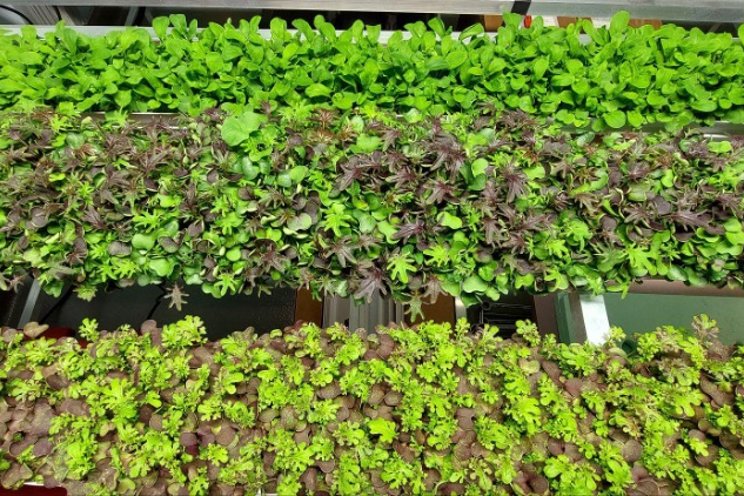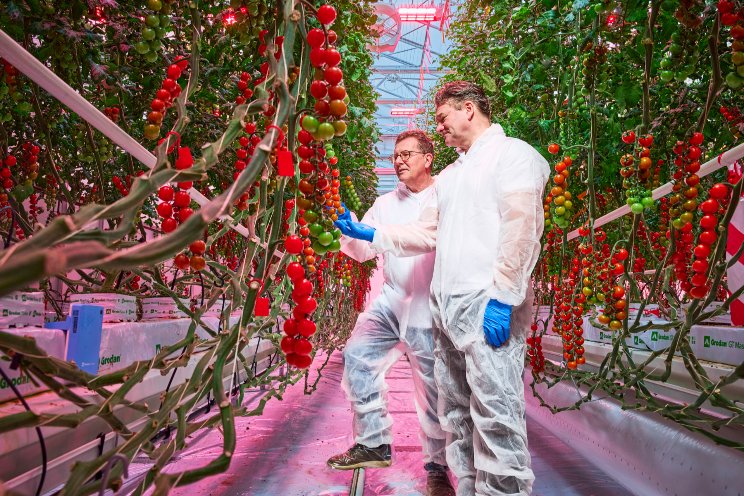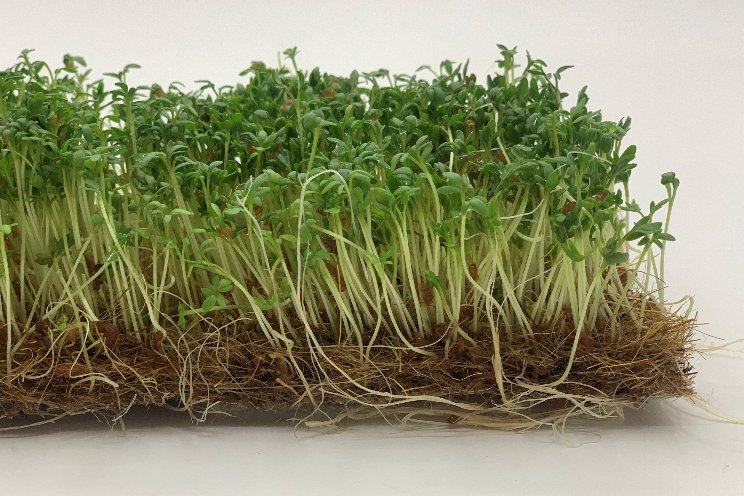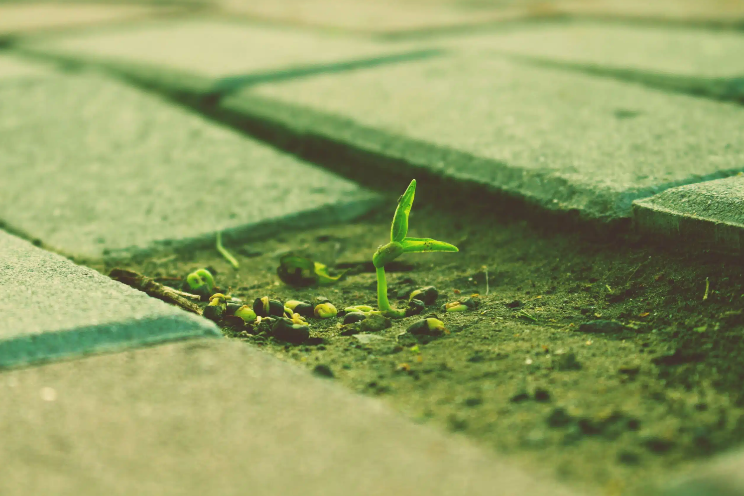Pioneering indoor microgreen farming in Southeast Asia
Added on 13 September 2024

A Deep Commitment to Sustainability
What truly sets this farm apart is its holistic approach to sustainability. They’ve integrated renewable energy into their operations, relying on solar panels to harness the region's abundant sunlight. Water, one of the planet’s most precious resources, is used with the utmost efficiency. Their advanced recirculation systems ensure that every drop counts, drastically cutting down on waste and ensuring the plants receive just the right amount of hydration.
But their commitment to the environment goes beyond the basics. This farm is serious about its sourcing, choosing locally-grown, non-GMO seeds to anchor their crops in the rich agricultural traditions of Southeast Asia. The results are microgreens that not only burst with flavor but also a testament to a farming philosophy that prioritizes the health of the land and the people who depend on it.
Overcoming the Challenge of Waterlogged Substrates
Despite their eco-friendly methods, the farm faced a challenge that many indoor growers know all too well: waterlogged substrates. With their delicate root systems, Spinach microgreens don’t fare well in overly wet conditions—what growers call "wet feet." Poorly aerated root zones can lead to stunted growth and a breeding ground for harmful pathogens.
To tackle this, the farm adopted ReNu Terra microgreen mats, an innovative substrate known for its superior aeration. These mats ensure that roots get the oxygen they need, even in the high-humidity environment of indoor farming. The impact was immediate: stronger, healthier microgreens with more resilient roots and a notable reduction in disease.
The Crucial Role of Aeration
The science behind this transformation is straightforward but powerful. Oxygen isn’t just a nice-to-have for plants; it’s a necessity. In the root zone, oxygen drives aerobic respiration, which is how plants convert glucose into the energy they need to grow and take up nutrients. Without enough oxygen, roots switch to anaerobic respiration, a less efficient process that can lead to toxic byproducts and make plants more susceptible to diseases like root rot (Jackson & Colmer, 2005).
Research backs this up. A 2009 study by Colmer and Voesenek showed that well-oxygenated substrates favor the growth of beneficial aerobic microbes, which help keep harmful anaerobic pathogens at bay. This is especially critical for microgreens prone to root rot in poorly aerated conditions. This farm protected its crops by switching to ReNu Terra microgreen mats and ensured they had the healthiest possible environment to grow in.
Aligning with Regional Health and Sustainability Goals
This farm’s practices aren’t just good for the planet—they align with their country’s broader goals for health and sustainability. Governments in the region have been pushing for healthier diets and more transparent food labeling, and this farm is a shining example of those priorities in action. Their microgreens are not just nutritious and delicious; they’re also grown to support the region’s vision for a healthier, more sustainable future.
Leading the Way in Controlled Environment Agriculture
Through their commitment to sustainable practices and innovative solutions, this Southeast Asian microgreen farm has become a leader in the Controlled Environment Agriculture (CEA) movement. They’re not just growing food but redefining how it’s done. By overcoming the challenge of waterlogged substrates and pushing the boundaries of what’s possible in sustainable agriculture, they’re paving the way for a future where farming is in balance with the Earth—not just in Southeast Asia but worldwide.
Want to find out how Re-Nuble helped a Singaporean farm mitigate waterlogging, increase oxygen for higher yields, and reduce clean-up and breakdown time? Download the case study here.
Re-Nuble designs products for growers with growers. Unlock your yield potential here.
References
- Choi, D. S., Kim, S., Cho, Y. Y., & Lee, H. J. (2016). Suppression of Pythium-induced root diseases in hydroponically grown crops through oxygenation. Plant Pathology Journal, 32(4), 337-344.
- Colmer, T. D., & Voesenek, L. A. C. J. (2009). Flooding tolerance: suites of plant traits in variable environments. Functional Plant Biology, 36(8), 665-681.
- Jackson, M. B., & Colmer, T. D. (2005). Response and adaptation by plants to flooding stress. Annals of Botany, 96(4), 501-505
More news















